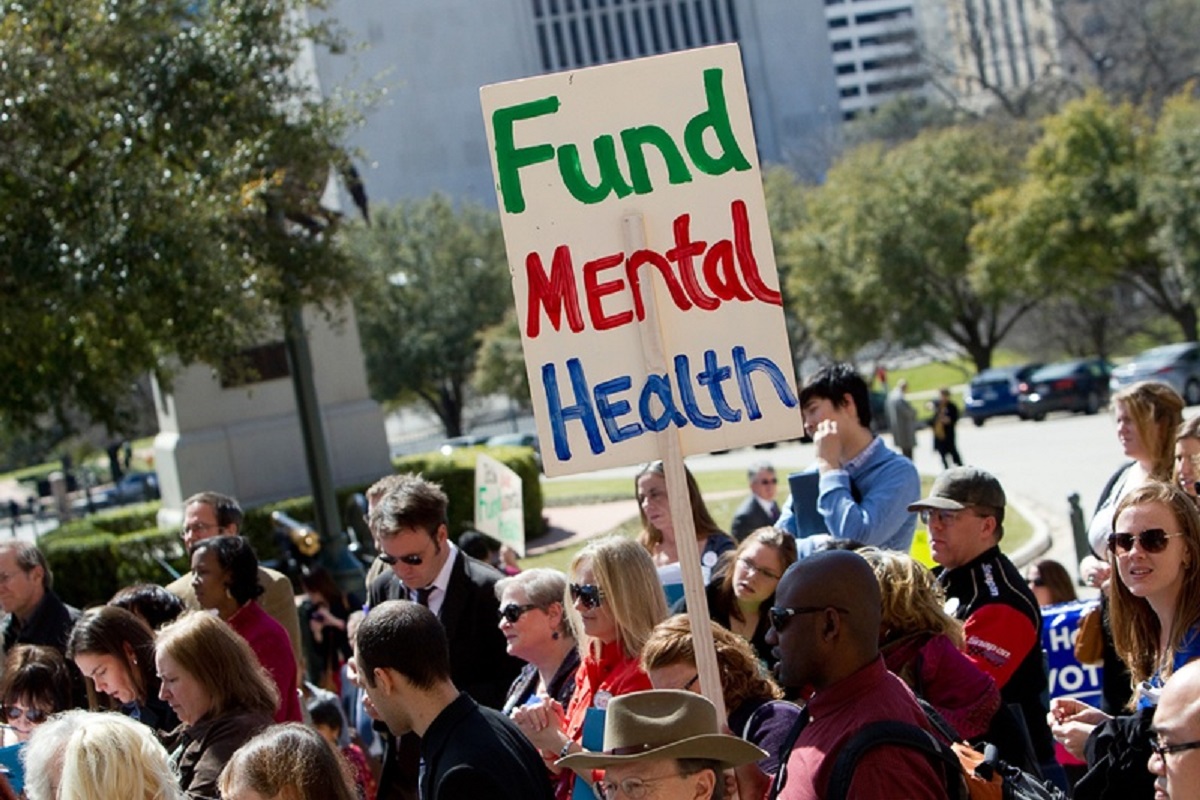The Cost of Recovery: Texas Weighs Decision to Close Doors of Mental Health Facility

Controversy sparks over the pending closure of a juvenile mental health facility in Corsicana, Texas, as officials are forced to make a decision under a tight budget. The problem has cracked open public discussions on the importance of mental health treatment, a service undoubtedly needed by the youth housed at the Corsicana unit.
In the Wreckage
Over one hundred juveniles, some as young as ten, live at the state-run facility Corsicana Residential Treatment Center. Having recognized the roots of their early criminal behavior, the staff provide them with mental health treatment in hopes of healing hurts early on and giving them the best possible start into adulthood. However, recent budget cuts in the state have officials wondering if it is time to close the doors to the 124-year-old building, cutting the number of state juvenile correctional facilities to just five.
 The proposal to shut the facility down by August 2014 is supported by Governor Rick Perry who wrote in a letter, “I am concerned that given the reduced funding for the Texas Juvenile Justice Department, failure to close one of the facilities could negatively impact the safety and security of staff and youths incarcerated at TJJD facilities.”
The proposal to shut the facility down by August 2014 is supported by Governor Rick Perry who wrote in a letter, “I am concerned that given the reduced funding for the Texas Juvenile Justice Department, failure to close one of the facilities could negatively impact the safety and security of staff and youths incarcerated at TJJD facilities.”
Costly Construction
Mike Griffiths, Executive Director of the Texas Juvenile Justice Department, explains that the closure is not a consequence of budget cuts alone. The Corsicana unit, built in 1887, would require millions of dollars in renovation costs to meet the program’s needs and mission. “It’s not a matter of quality of care, it’s just the circumstances of that facility that we’re most concerned about,” Griffiths said.
These circumstances, he explains, come mainly with the facility’s age. Construction and repair of the old building leaves debris and glass laying about, which some residents have used to harm themselves in what Griffiths describes as “non-suicidal self-harm.” A small campus also limits the facility’s potential for expansion and growth.
Possible Closure Outcomes
Beginning January 1, Texas counties will be able to take juveniles into their own facilities where they can be closer to their families and homes. The services in Travis county have so far yielded promising results (as reflected by reduced crime), and Griffiths hopes that this model will also be successfully adopted by other counties across Texas come the new year.
In addition to the implementation of county facilities, Texas is taking other measures to ensure that mental health needs are met by the state. “While we got reduced funding for the operation of our secure facilities, we had enhanced dollars for the community to hopefully prevent youth from coming into our system.”
Social and Economical Impacts
"Such actions could prove to be detrimental and even tragic for the juvenile population, without providing any benefit to our state." -Byron Cook
What remains in question is where the housed youth will go if the facility is shut down, especially as other centers stay consistently full. “Such actions could prove to be detrimental and even tragic for the juvenile population, without providing any benefit to our state,” wrote state Rep. Byron Cook.
Other concerns voiced by opponents have to do with the closure’s impact on the local economy. “It’s very difficult to find jobs with state benefits,” said Chuck McClanahan, mayor of Corsicana. “[The closure] is something we certainly don’t want."
Displaced employees are not the only ones who would suffer from the closure. “[Halfway houses] offer opportunities for re-entry back into home communities,” said juvenile justice policy associate Lauren Rose. “They should be one of the last to be closed."
Texas Struggles to Meet Needs
Over 70% of the youth admitted to Texas’ juvenile justice system suffer from mental illness, so opponents fail to see the state’s justification of the facility’s closure. Going hand-in-hand with these issues are substance abuse and addiction, making the need for intervention particularly strong.
.jpg) State spending on mental health services and resources is an alarmingly low figure, yet another reason why some cannot fathom the choice for cutting services further. In 2006, the state spent only $35 per capita on mental health agency services. This $805 million makes up just 1.1 percent of Texas’ total spending that year. While this may seem like a lot of money, these services only reached 21 percent of Texan adults with a serious mental disorder.
State spending on mental health services and resources is an alarmingly low figure, yet another reason why some cannot fathom the choice for cutting services further. In 2006, the state spent only $35 per capita on mental health agency services. This $805 million makes up just 1.1 percent of Texas’ total spending that year. While this may seem like a lot of money, these services only reached 21 percent of Texan adults with a serious mental disorder.
Officials making budget decisions are aware of the need for mental health facilities and do not deny that the decision to close the Corsicana unit is a difficult one. While the circumstances under which it may be closed are understandable, this issue questions the state’s prioritization of important health concerns.
For now, the Corsicana facility remains open and operating, with the final decision regarding its closure in limbo. Already the decision has undergone delay, a move that might suggest that the fight for mental health access has just begun.


